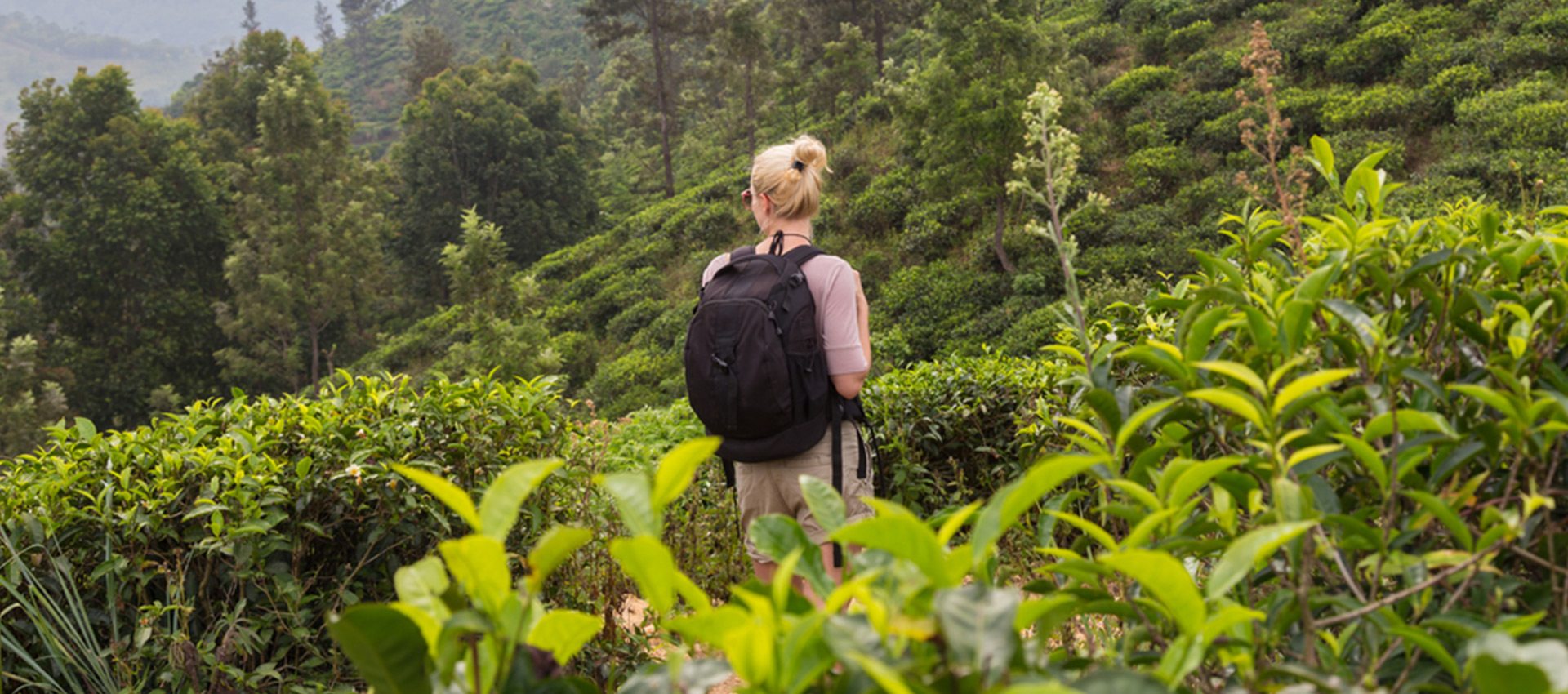The weather in Sri Lanka's Hill Country is influenced by both monsoons, the result of which is a climate reminiscent of Scotland (winters apart!). At nearly 2,000m above sea level, the region is much cooler than elsewhere in Sri Lanka. December to April is the best bet. In February and Match sunshine hours are at their best, rising to an average of eight hours a day, an improvement on January when the weather is largely dry but there can be more cloud about. Humidity levels are also at their lowest in these months and the evenings can be chilly enough to demand a light sweater and the lighting of traditional log fires in the tea bungalows. Annual sunshine hours are around 2,300 a year – or seven a day – which is about 30% lower than on the coast, but still considerably above expectations in northern Europe.
The main south-west (“yala”) monsoon brings rain to the hills largely in late April and May, although that does not stop many rushing to the hills to escape the stifling heat in Colombo. The north-east (“maha”) monsoon brings the wettest spell in the highlands in October and November when temperatures plummet. Kandy sits at a far lower altitude than the other hill towns and basks in higher temperatures and lower rainfall.
Best month to visit the Hill Country: February
| Average high °C | Average low °C | Average rain / m mm | Average rain days / m | Average sun hours / month | |
|---|---|---|---|---|---|
| Jan | 21 | 15 | 130 | 11 | 6 |
| Feb | 22 | 15 | 108 | 9 | 7 |
| Mar | 24 | 16 | 120 | 9 | 8 |
| Apr | 24 | 17 | 245 | 16 | 7 |
| May | 24 | 18 | 217 | 21 | 6 |
| June | 23 | 18 | 179 | 19 | 6 |
| July | 23 | 17 | 186 | 20 | 6 |
| Aug | 23 | 17 | 193 | 20 | 6 |
| Sept | 23 | 17 | 232 | 19 | 7 |
| Oct | 23 | 17 | 374 | 20 | 6 |
| Nov | 22 | 16 | 331 | 18 | 6 |
| Dec | 21 | 16 | 230 | 13 | 6 |
| Year | 23 | 16 | 212 | 16 | 7 |
Note: Based on Nuwara Eliya. Towns like Ella can be a little cooler.





